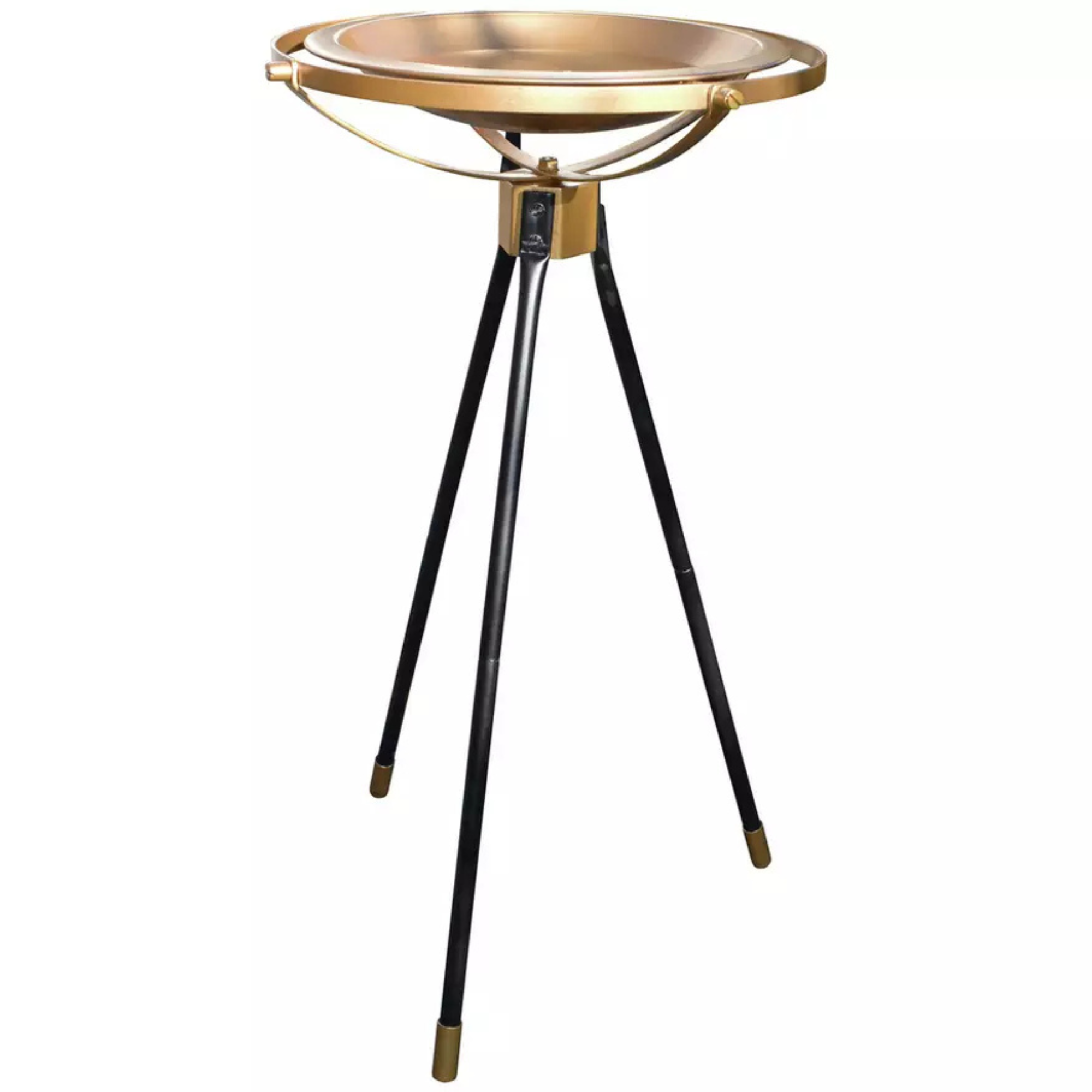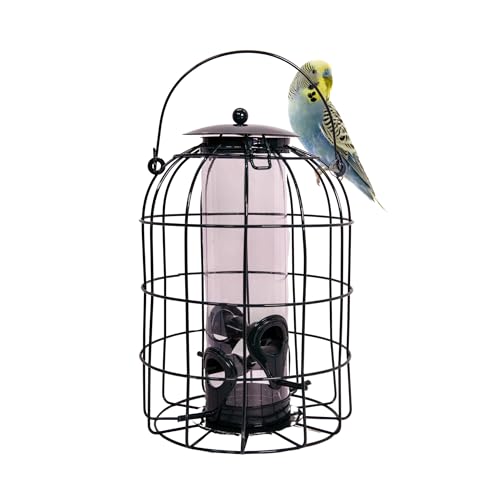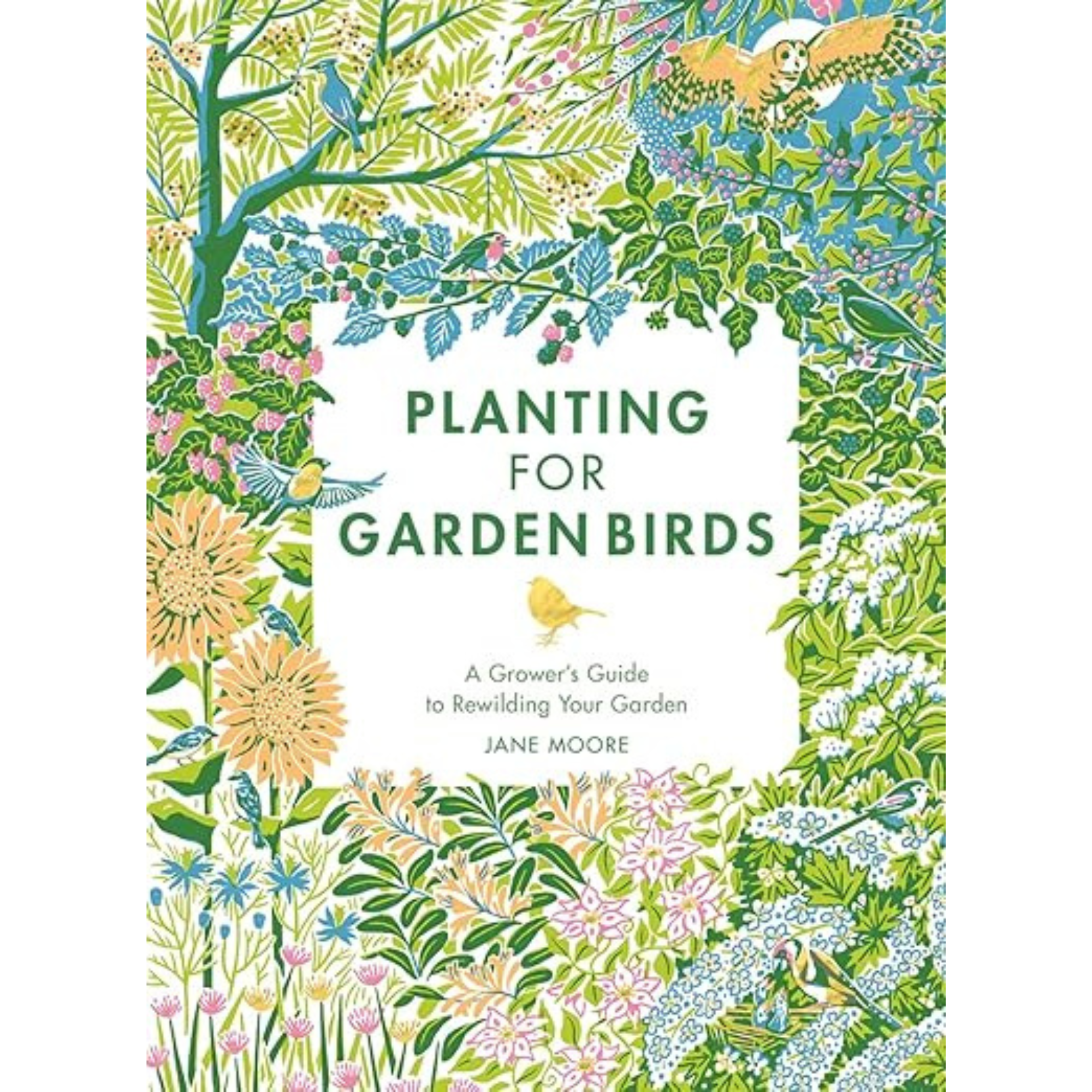3 things you need to do if you find a bird injured in your garden, according to wildlife experts
If a feathered friend needs your help, this is what you need to do

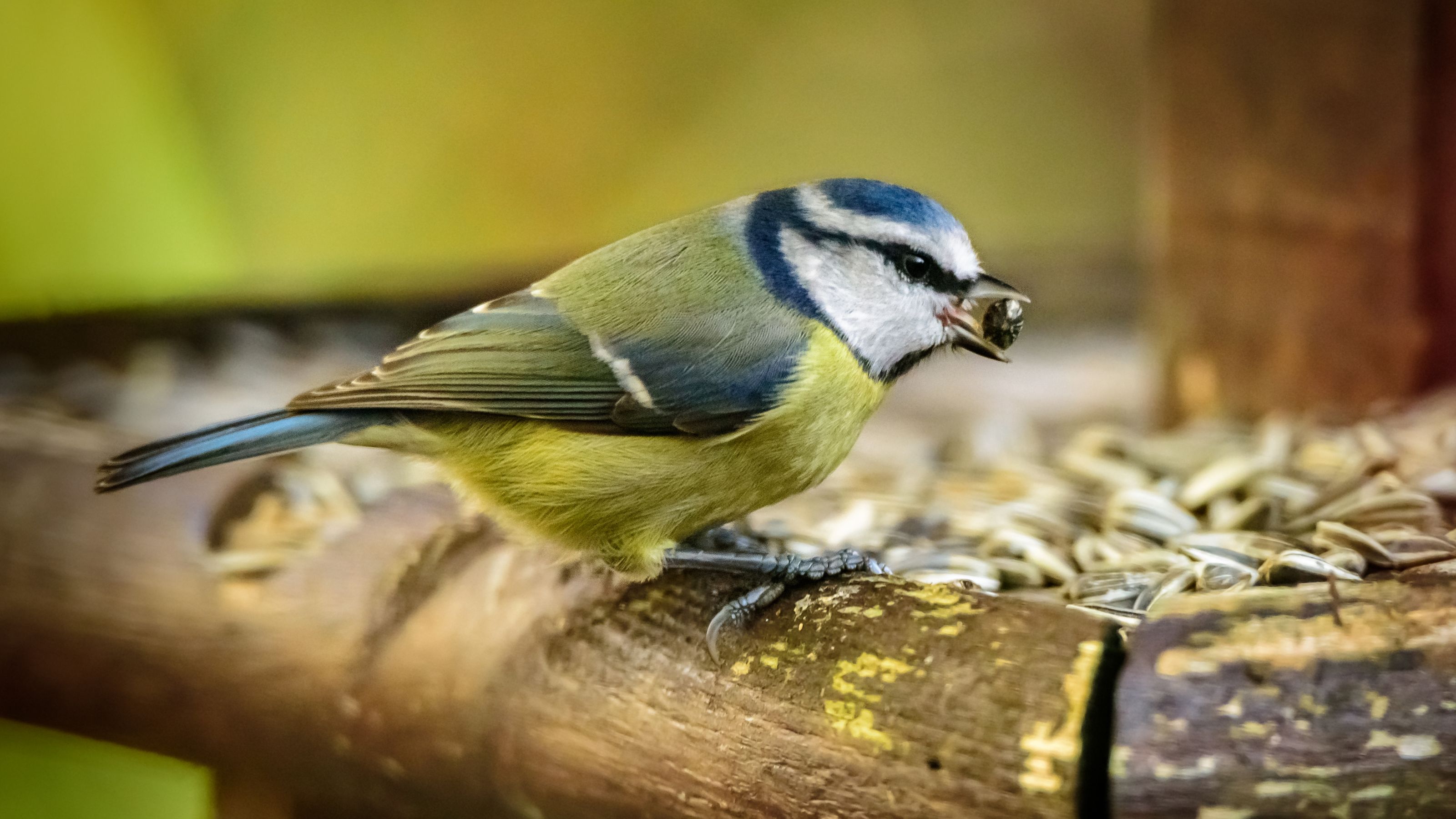
Do you know what you need to do if you find an injured bird in your garden? No, don’t worry, because I asked wildlife experts to explain exactly what approach to take if you find a feathered friend in need of help.
The biggest downfall of a thriving wildlife garden is that sometimes you may come across a bird in need of your help. Birds can become injured for a variety of reasons, such as flying into buildings, being attacked by cats or dogs and sickness, too.
If you come across a sick or injured bird, the most important thing you can do is stay calm. Wildlife experts have provided three easy steps you can take to help an injured bird in your garden or local area this summer.
1. Check the bird is actually injured
‘Firstly, you should double-check that the bird is actually injured. Although this may sound like a strange thing to say, a lot of young garden birds who have just left their nest will appear vulnerable or injured. In this case, the parents are nearby and should be able to manage the bird,’ says Dusty Gedge, ornithologist and co-founder of Gentian.
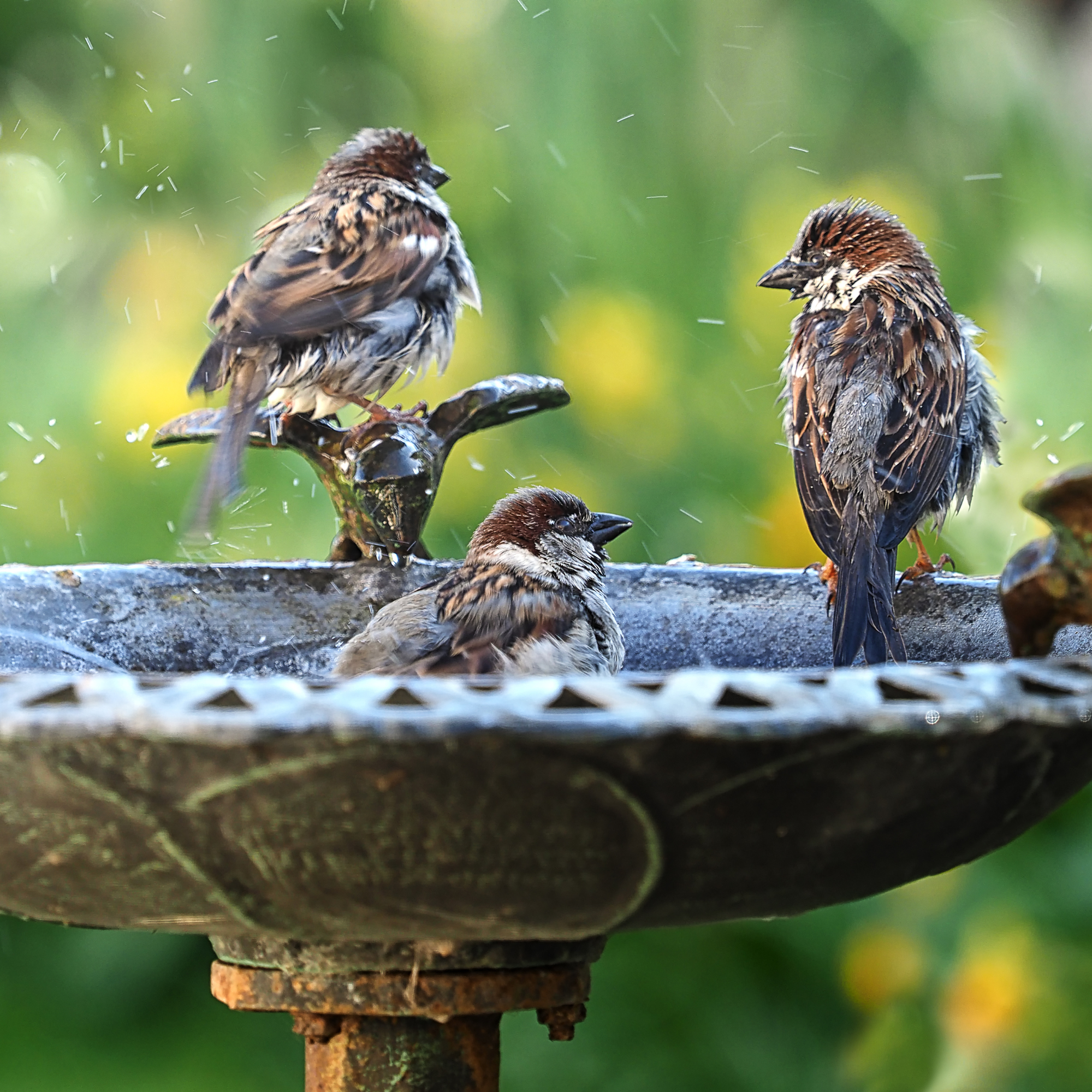
It’s best to assess the bird from a distance, as you don’t want to frighten it. Look for signs that it can’t fly, has obvious wounds, or doesn’t move when you approach it. If it hasn’t got any feathers, the bird is likely a nestling and won’t survive out of the nest.
2. Use a towel and gloves to move the bird
If you’ve established the bird is in danger or injured, then you may have to move it to safety. You must always use a towel and wear a pair of gloves just in case the bird is carrying a disease.
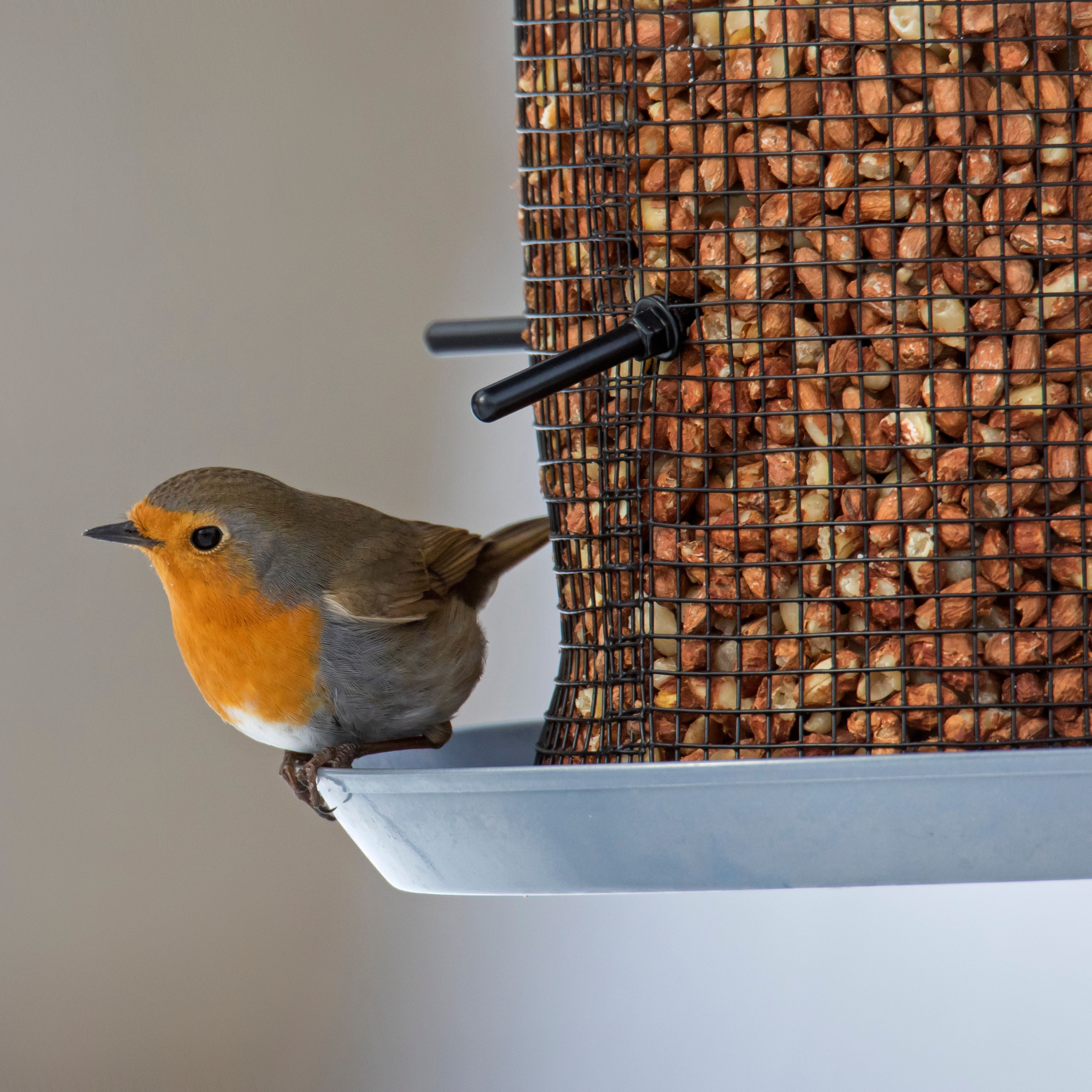
‘Try not to startle the bird, approach it slowly, and speak quietly. If possible, place the bird in a well-ventilated box lined with a soft cloth. Keep the box in a quiet, warm, and dark place to reduce stress,’ says Alex Gill, founder of Awesome Wildlife Company.
Sign up to our newsletter for style inspiration, real homes, project and garden advice and shopping know-how
‘Although birds will instinctively attempt to fly away when you’re moving them to safety, it’s important not to let this deter you as ultimately the actions you are taking are giving it the best chance of survival,’ Dusty adds.
3. Call for help
The best thing for an injured bird is professional help, which is why after you’ve moved the bird for safety, you need to call your local vet, wildlife association or charity such as The RSPCA, who will be able to collect the bird and provide further guidance.
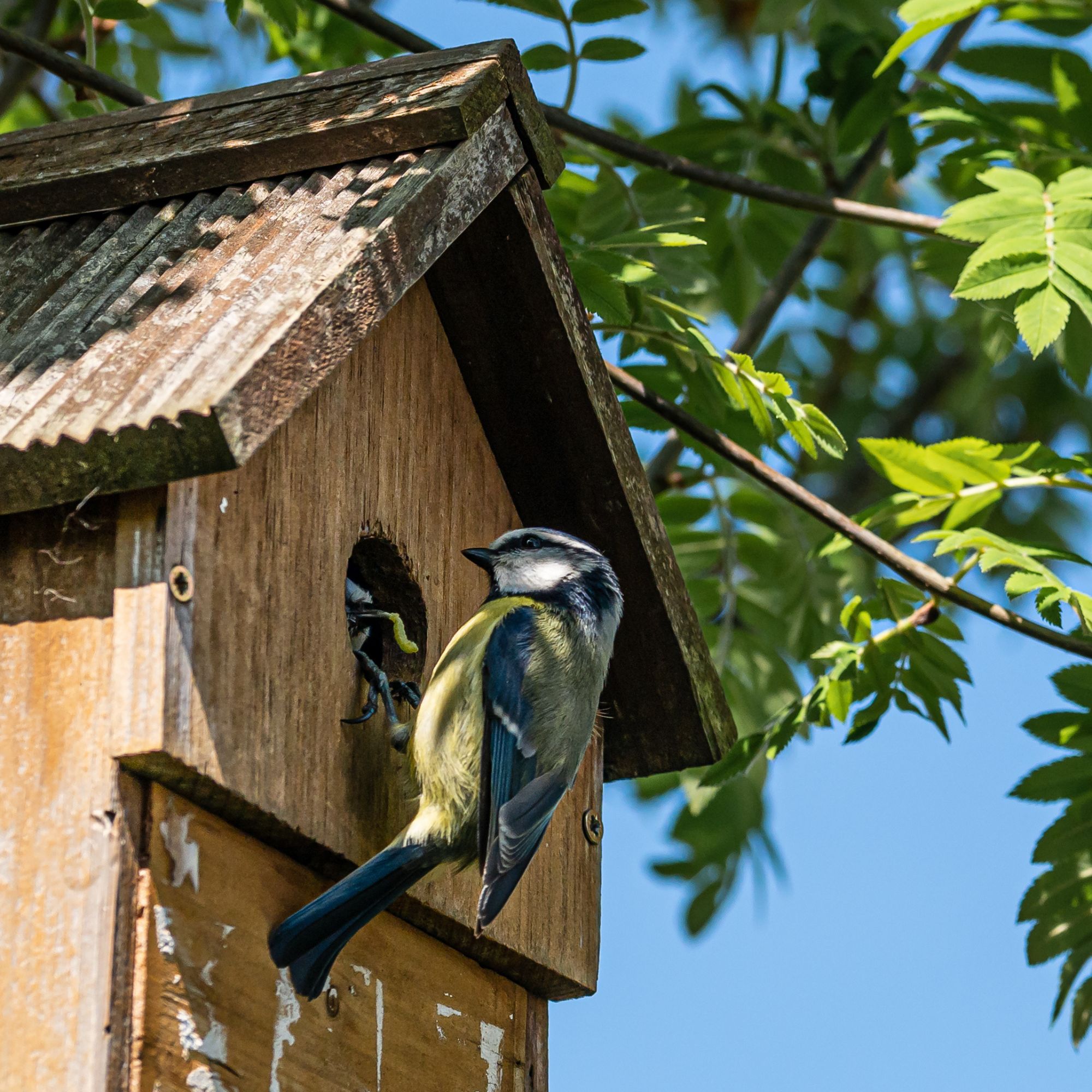
‘They are trained to assess injuries and can provide the correct care. It’s important not to treat the bird yourself, and unless instructed by a medical professional, don’t feed or give water to the bird as this can do damage,’ says Alex.
‘While waiting for the wildlife professional, keep the bird warm in a safe and quiet space to reduce shock and stress.’
Make your garden bird-friendly
Turn your garden ideas into a safe haven for birds with these handy features.
Finding an injured animal is never pleasant, but knowing what to do and how to help means your garden wildlife will thrive.

Kezia Reynolds joined the Ideal Home team as News Writer in September 2024. After graduating from City, University of London in 2022 with a bachelor’s degree in journalism, Kezia kicked off her career spending two years working on women’s weekly magazines. She is always on the lookout for the latest home news, finding you the best deals and trends - so you don’t miss a thing!
